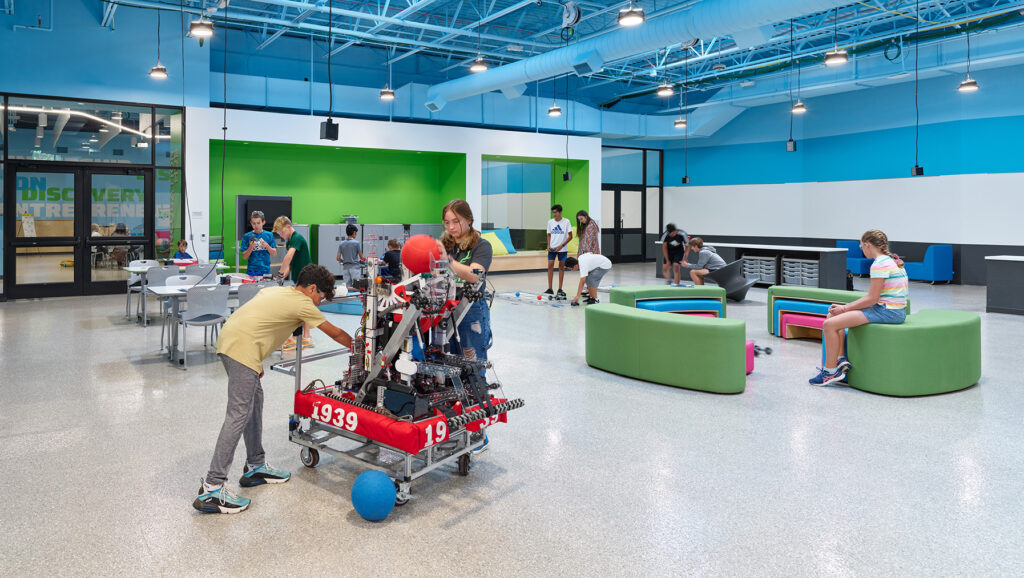Prior to creating a learner-centered space, there are preventative measures one can take to ensure an equitable, experiential, and joyful learning environment. Prior to facilitating in a learner-centered space, there are preventative steps one can take to ensure the creation of an inclusive learning ecosystem.

Author Theodore Richards, of Reimagining the Classroom, reminds us that ‘the ultimate purpose of education is not mere individual success; it is to integrate one’s learning into the world and bring forth a more just and compassionate world for everyone.’ Participating in self-reflection and self-assessment, prior to compiling a learning space, is pivotal in creating an environment that is needs-based, not advocacy-centered. Facilitation of learning should happen only when the community is understood, and when individuals in that community have shared their ‘stories’. It is here where biases are discovered, differences are celebrated, commonalities highlighted, and true experiential learning begins.
So… What does this have to do with furniture or design?
Everything.

Richards continues by reflecting on the physical make-up of a classroom. ‘We begin with the child rather than the adult, because this is where we find less need to control, manage, engineer. When we play, we are taking risks safely, stretching our bodies and minds, asking questions of our world and ourselves.’ He notates that, ‘The child is seen, not entirely civilized yet. And the unspoken purpose of school is to civilize our children.’
What if the design and formation of a classroom took into consideration the understanding and function of a child simply because they are a child? What if we placed furnishings in an educational space, that awakened senses in both the learner and facilitator, to support the whole ecosystem, as opposed to fitting the mold of what learning ‘should look like’?
The Pygmalion Effect emphasizes an individual’s positive high expectations can improve behavior, and therefore performance in a given area. It suggests we do better, as humans, when more is expected of us. What expectation is the educational environment showing those in a learning ecosystem? What transversal skills are the furniture in an educational environment helping a learner master? What background information or connections is the educational environment creating to support both the learner and facilitator? How are a facilitator and learner’s stories being valued in the physical learning space?
Considering the physical environment, in partnership with learners, aids in the prevention of unhealthy behaviors, misunderstandings, and exclusivity. Realizing the interconnectedness of a learning ecosystem with its physical environment bridges the relational gap experienced in many educational spaces. NorvaNivel offers long-term project-based, and research-minded solutions that are developmentally appropriate and fun! We believe in celebrating all individuals who enter learning spaces and supporting all capabilities within the learning ecosystem. We know, tangibly and factually, that the design and function of an educational environment can instrumentally encourage or discourage growth.
As Theodore mentions, ‘Humans cannot be reduced to the mind, education cannot be reduced to facts.’ Prevention requires open-mindedness; out-of-the-box considerations and solutions propel growth forward in preparation for the new world.



